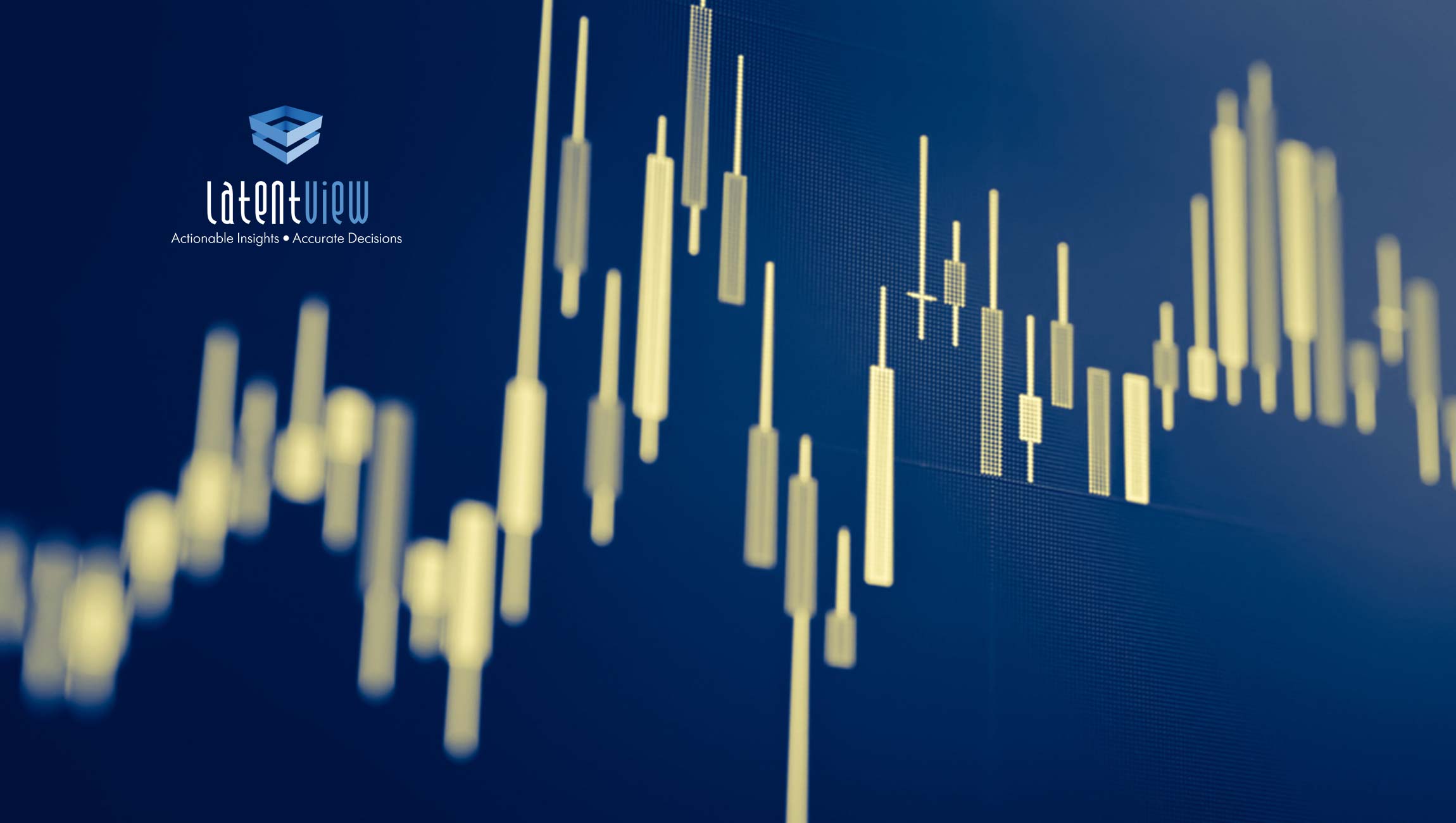Content consumption data shows that B2B buyers and customers engaged with more content more often during the pandemic, but had shorter session times
New data from PathFactory reveals that B2B marketing content consumption increased significantly in the period immediately following the first lockdowns related to COVID-19 in the United States. These findings, which incorporate the content consumption data from hundreds of leading enterprise and mid-market technology companies, are now publicly available in a special report called Content Engagement Report: How COVID-19 changed B2B content consumption in 2020.
While marketers were wondering when and if they should get back to marketing at all, their prospects and customers were visiting more often, viewing more content assets, spending more time with that content, and returning for additional sessions faster. Average session times were shorter, however, indicating that attention spans shrank during that initial lockdown period.
“At PathFactory, we pay close attention to content engagement data and the evidence is clear that both B2B marketing and customer behavior changed dramatically in a very short period of time,” said Dev Ganesan, President and CEO of PathFactory. “At a time when companies are more uncertain about their go-to-market plans than ever, it’s critical that B2B marketers understand the content their audiences respond to, and which people or accounts are truly engaged in the buying process.”
Marketing Technology News: Cordial Enhances Its Cross-Channel Platform With A Reimagined Mobile App Solution
Key findings in the new report include:
- Digital content engagement increased significantly after the COVID-19 lockdown: 17% more visitors, 40% more unique asset views, and 15% more time spent reading and viewing content.
- B2B buyers and customers dramatically changed their behavior: 42% more sessions, but those sessions were 17% shorter for bingers (visitors who engaged with more than one asset in a single session and are more strongly correlated with revenue) and 38% shorter for non-bingers.
- The median time between return visits was almost 50% shorter.
- The total content engagement time for visitors who only engaged with a single asset was down 22.9%, but increased 18.2% to 19 minutes and 43 seconds for bingers – 7X higher than non-bingers.
- The most-viewed content asset types during the pandemic include webinars, videos, eBooks, and reports.
- The content types that encouraged the highest-quality engagement include brochures, guides, infographics, and videos.
- Marketers produced 61% more content, but shifted to lower-cost assets: the average cost per asset decreased 30%.
The data in the PathFactory Content Engagement Report compares two periods of time: before the global pandemic (January 1-March 6, 2020) and during the global pandemic (March 7, the first date of so-called “stay at home” orders, through May 14, 2020). The data represents the full spectrum of PathFactory’s customer install base, which includes hundreds of enterprise and mid-market technology companies across a wide variety of industries, and is normalized for the growth of that base.
Marketing Technology News: Zilliant Named Finalist for Ventana Research Digital Innovation Award











